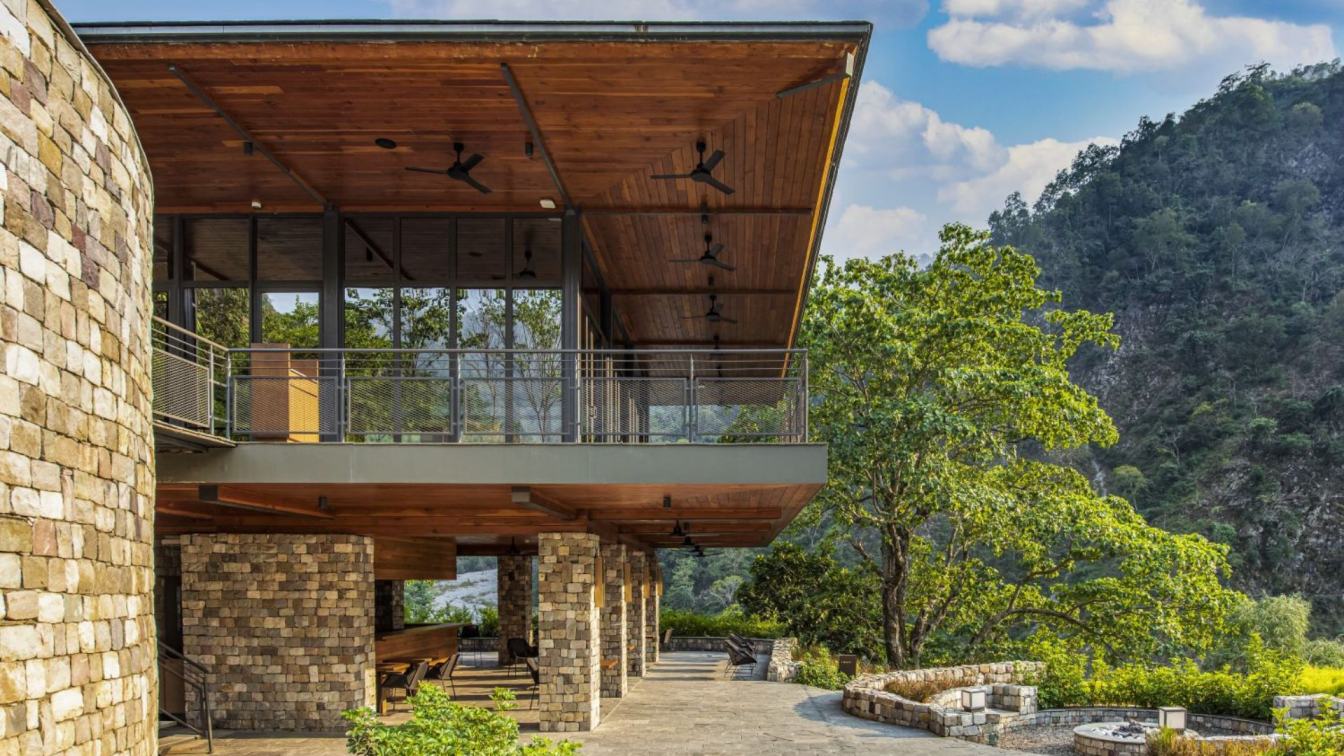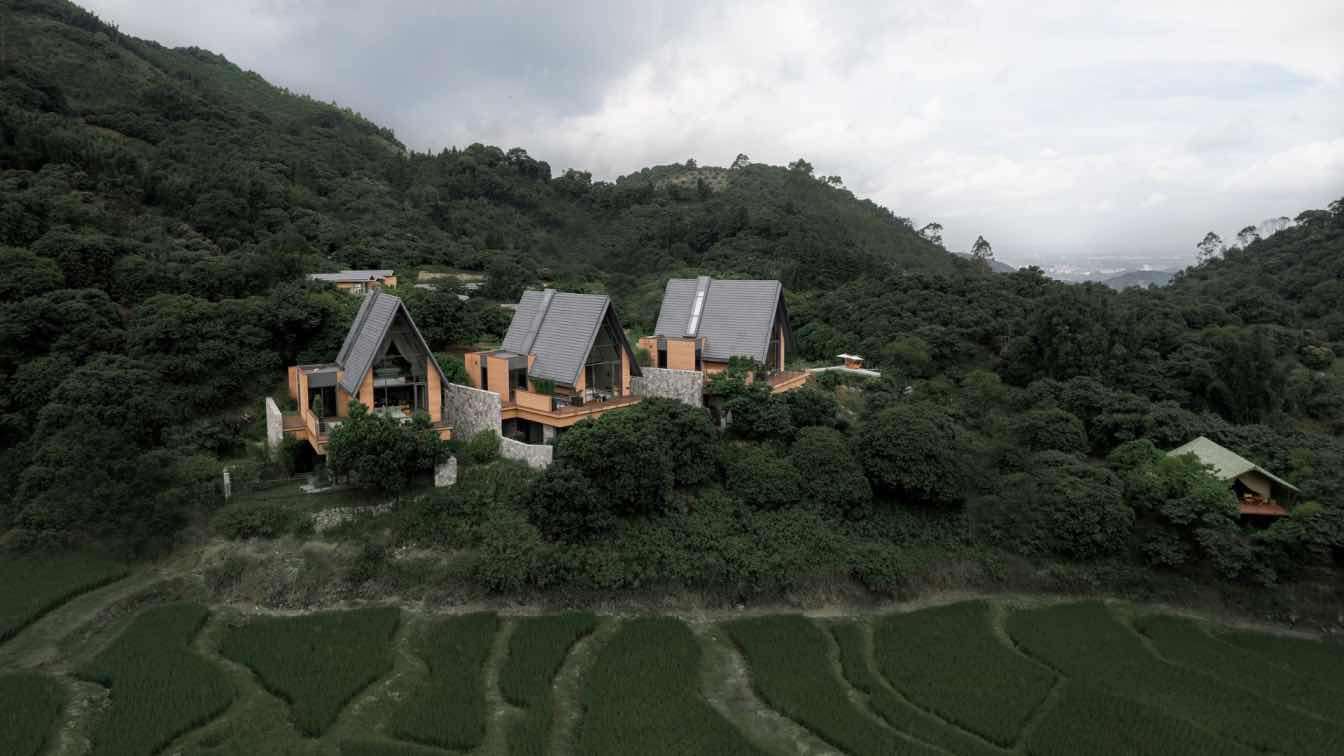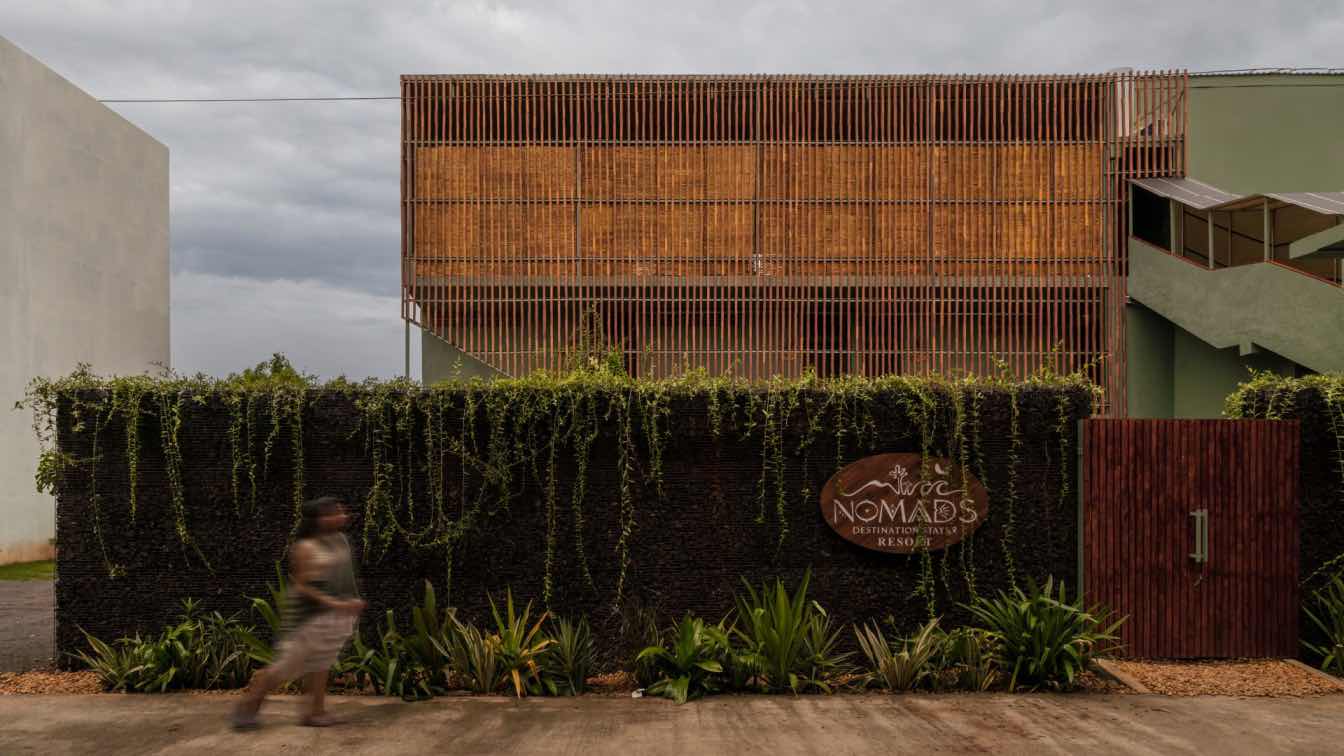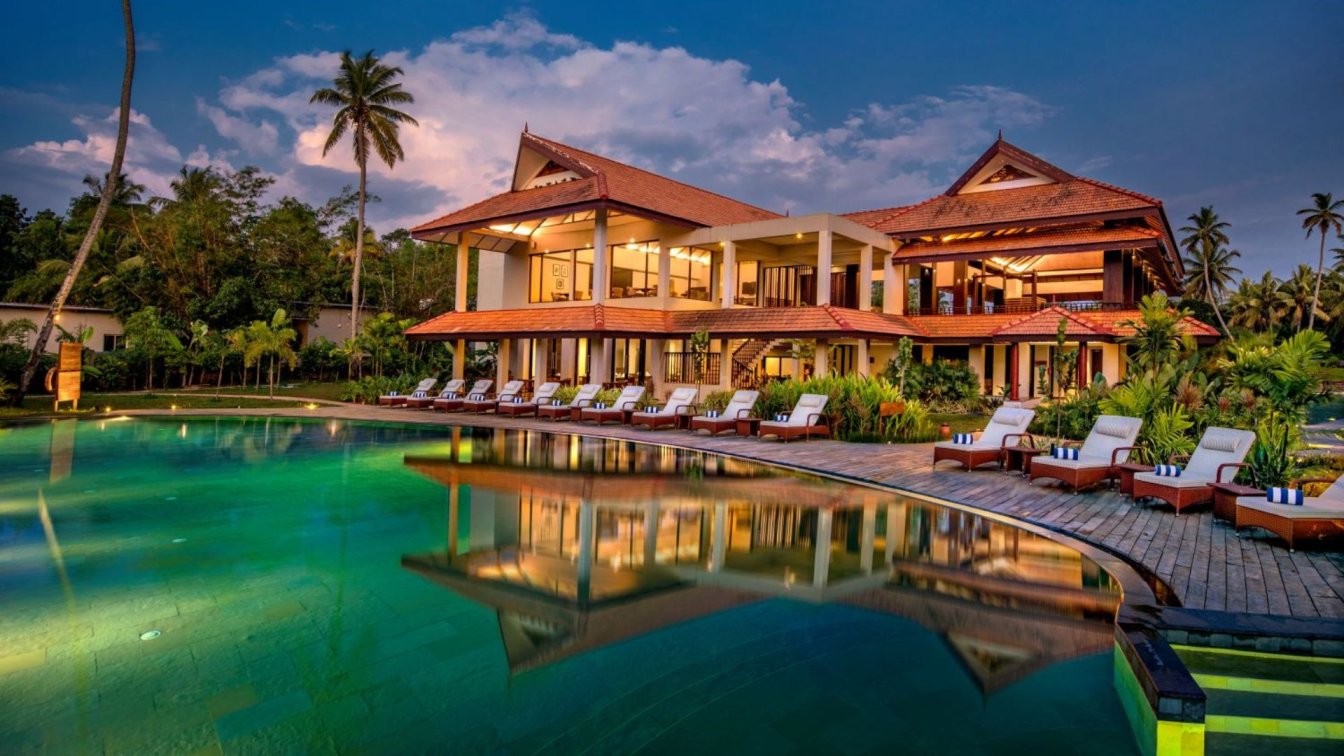Edifice Consultants: Taj Resort and Spa is the morphology of the traditional Himalayan village with a structure that negotiates and creates a dialogue with the contours. The relationship of the design with the rivers and rivulets in the valleys, the materiality, local construction knowledge and memorable collaborations are all crucial determinants of the architectural concept.
Arjun Mehra (Managing Director at Darrameks Hotels & Developers Pvt. Ltd) had emotional ties with the site, which, through the design journey of the project, became even more personal. Arjun's brief was for an architecture that shows respect to the environment and the surroundings while underlining the brand's commitment to the superior quality of design and workmanship. The client engaged YH2 to develop the master plan and propose an architectural concept for the resort. At Edifice, we translated that vision into reality through a deep understanding of the regional building practices and domestic know-how.
Location of Taj at the foothills of the Himalayas and the serendipitous presence of the holy river Ganges marked the advent of its design language. Formerly, used for stepped farming, the natural terrain of the site invited us to place the built structures on the flat terraces, thereby allowing the untouched parts of the landscape to remain natural and pristine!
The design merges with the neighbourhood and magnifies the rustic settings of nature. The site planning mimics the traditional Himalayan villages, anchored around a Darbargadh, the traditional residence of local rajas or lords which further translates into the design. The walled courtyard of traditional Darbargadhs or the fortress-palace-temples, offer at their heart protection to the villagers in times of war or served as socializing space promoting community life in harmonious times. The main block of the hotel that overlooks the valley creates the image of a traditional Darbargadh. It provides a central location for gathering all the primary services of the resort: the reception, restaurant, bar, boutique, library, and more.

The Central Courtyard plays a vital role and binds all the functional spaces together. The local materials like the stone for cladding the structure along with hardwood battens in ceilings, raw carved wood as bands along with the stone cladding and organic colour palate merge with the green oasis outside. The naturally lit open corridors allow functional spaces a properly ventilated outdoor environment for the guest to experience the stunning views and unique glimpses of the lush green backdrop of nature.
The main entrance opens on either side that free flows into different functional spaces. The most extensive flat land transformed into the Welcome House comprises of the main building which houses the reception, Dining area, Bar, Banquets and Guest Rooms. The basement has services and parking with services marked at the highest point of the site. The lowest part of the site, which has a steep drop, houses the swimming pool with an infinity edge overlooking the river Ganges -- like the natural extension of the sacred water body. The visitors at the Restaurant placed at the highest point on the site carves out unmatched panoramic views of the river turning – like a place of relaxation and repose suspended in mid-air with signature soulful sounds of the river rapids.
Arjun's ideas of sustainability, respect for local architecture, and the desire for a space to relax and repose find a voice in our materiality and detailing - local stone cladding, wooden finishes and the slate roof brings out the vernacular familiarity in the buildings. The interior spaces are the design extension of the exteriors. The social spaces designed to enjoy the verdant views of the river and the greenery makes Taj an exclusive getaway for the explorers.

The level difference of minus 100 m recorded on-site and the inspiration from the terraced agriculture present around decodes into the planning of villas, providing a 270-degree view of river Ganges to the visitors. Each of the brightly daylit rooms has a picture of the river flowing in the valley below. The sound of the flowing river and aromatic local flora is as much a part of the architecture as are the building materials and spaces. The infinity pool at the base with a perforated natural screen provides an immersive experience with stunning landscapes and riverscapes. The cascading infinity pools blur the lines between natural and human-made, making it the most photogenic swimming post with extraordinary panoramas. The pounding waves and verdant green of mountains seem to collide over the horizon, creating a dramatic spatial experience!
The Back of House areas, critical in the functionality of any resort, is designed meticulously by Edifice. The right proportion of natural stone and timber is used in the exterior to simulate a realistic feel and become one with nature. The metal columns make the structure look thin and merge with the trees in the backdrop.
At the start of the project, we were engaged in significant research on techniques to clad a concrete wall with large & heavy 200 mm thick stones. The solution lies in devising an ingenious technique to hold the traditional stone wall in place using modern drywall cladding techniques. This process entailed using a single continuous metal strand weaving through the whole surface of stones for that particular façade -- a construction format specially developed for the project. The 200mm thick lightweight walls and 200mm thick stones ensure that there is a temperature difference between the exteriors and interiors. The whole of the roof covered with 6mm thick black slate has been fixed to the metal framing below. The external wooden panelling all over the structure is from Canada and is weathered and well-seasoned.

Installed solar (panels) technology generates hot water, which is then added back to the system. Whereas, construction of the villas along the contours resulted in less excavation and filling. The open corridors allow for the air to flow through the building and keep the space fresh and natural. An STP system placed at the lower level provides the water required for the landscape, and no water is discharged away from the site. This also maintains the water table and ecosystem of the site.
Sustainability has multi-fold aspects of this project. First, there is an aspect of social sustainability; a responsible attitude towards understanding the built environment of the region and faithfully complementing the typology and spatial structure in a contemporary designer environment. Secondly, sustainability is addressed in the use of materials. For the most part, materials used in this project are sourced regionally and have been treated to reflect their true character, texture, colour, and nature.
One of the biggest design challenges in translating the material idiosyncrasies from the typically small traditional village home into a large resort was scaling. We had to devise a strategy to ensure that the vernacular's faithful aesthetic quality translates to the resort in a structurally safe and visually striking manner. Therefore, rather than the building outstanding the surroundings, Taj connects with the neighbourhood.
































About
Edifice Consultants Pvt. Ltd. is one of India's premier design consultancies quartered in Mumbai. Founded in 1989 by Ravi Sarangan and Sanjay Srinivasan with the aim to practice collaborative architecture, it has as many design philosophies as it has designers – with sensitivity to culture, context, and the environment the paramount value that ties them together.
Today, over 33 years and more than 1200 projects later, Edifice Consultants is one of the country's largest and most impactful design practices. While the firm handles projects of diverse sizes – from interior design to architecture to urban design, across diverse typologies – it has striven to keep its idealism untarnished through them all.
The practice has fostered the growth stories of prominent organisations such as Infosys, Tata Consultancy Services, Cap Gemini, Taj Group of Hotels, and JSW, through an enduring association of over two decades. Multiple awards and felicitations reinforce the eminence of both the practice and its projects — including Realty+ Excellence Awards for Themed Project of the Year in 2019, HUDCO Design Awards for Green Building in 2019-20, India's Top Architect Award by CWAB in 2020 and 2021, the GRIHA Exemplary Performance Award for Renewable Energy in 2020 and most recently acknowledged as one of India’s Top 30 Architects by Forbes India: The Bold Club. With over 150-million sq. ft. of built and ongoing projects and propelled by a 193-strong team of motivated professionals based out of eight regional branches, Edifice Consultants is truly thriving towards designing the future of architecture in India, augmented by a global portfolio of more than ten countries.





